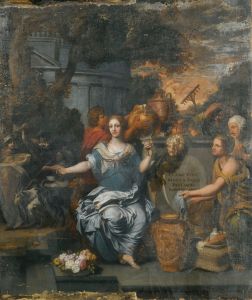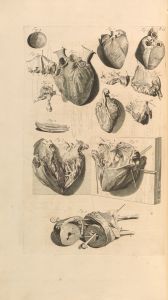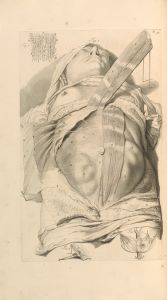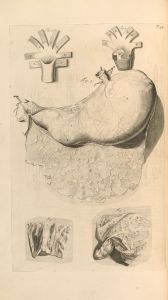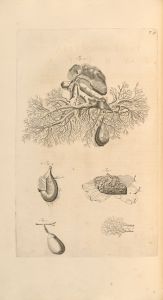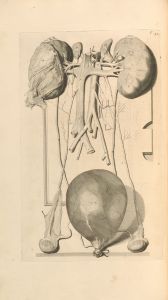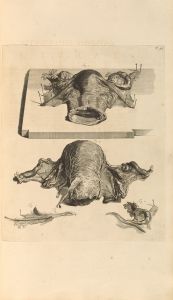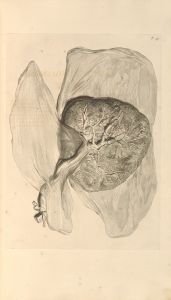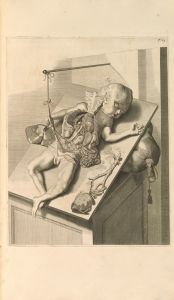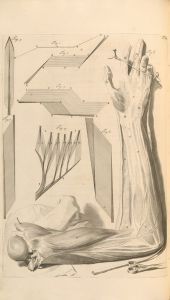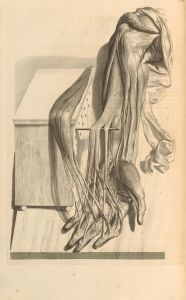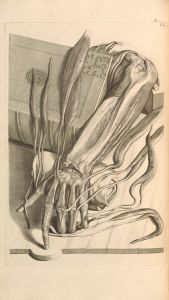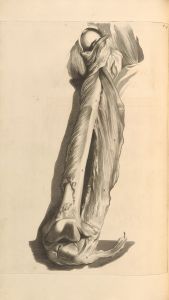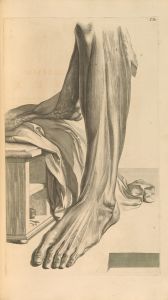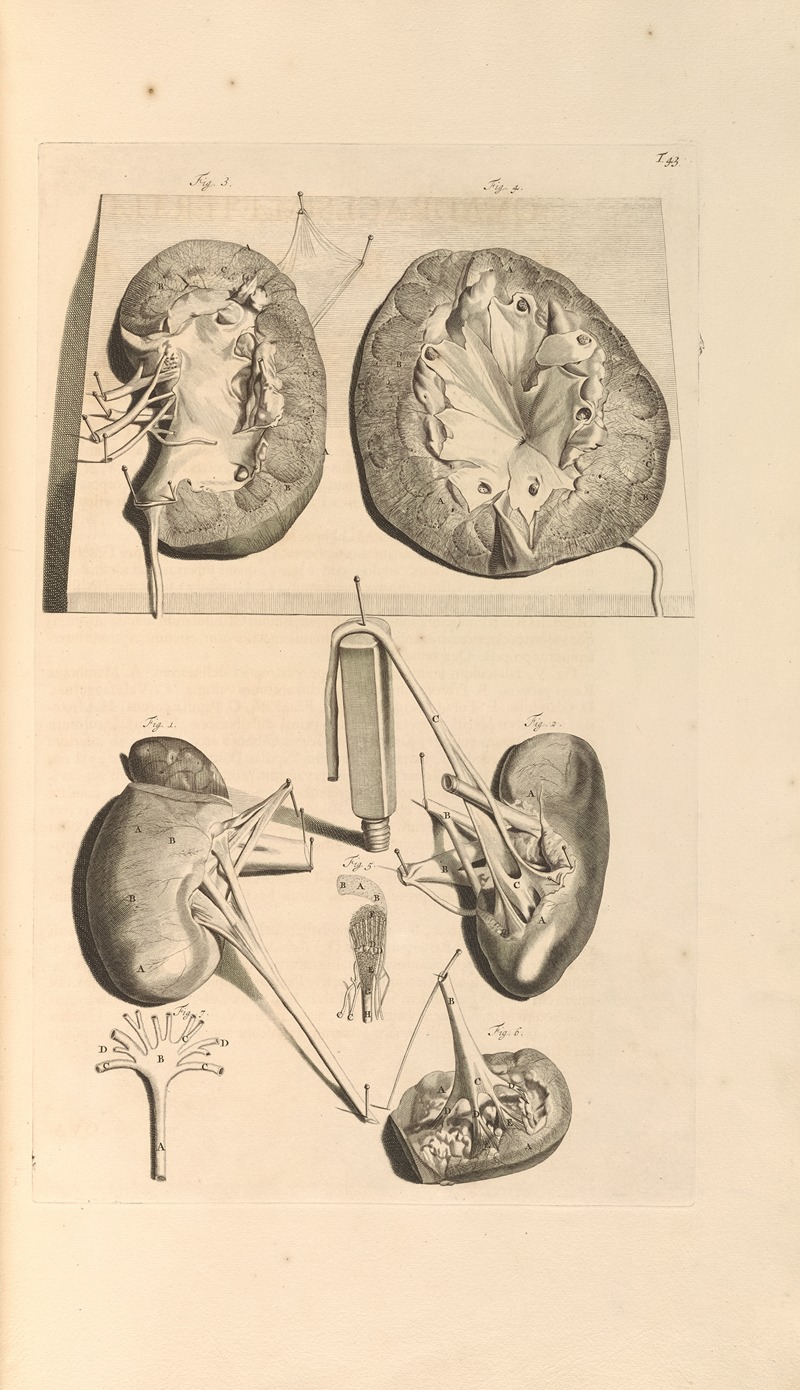
Anatomia humani corporis Pl.044
A hand-painted replica of Gerard de Lairesse’s masterpiece Anatomia humani corporis Pl.044, meticulously crafted by professional artists to capture the true essence of the original. Each piece is created with museum-quality canvas and rare mineral pigments, carefully painted by experienced artists with delicate brushstrokes and rich, layered colors to perfectly recreate the texture of the original artwork. Unlike machine-printed reproductions, this hand-painted version brings the painting to life, infused with the artist’s emotions and skill in every stroke. Whether for personal collection or home decoration, it instantly elevates the artistic atmosphere of any space.
"Anatomia humani corporis Pl.044" is an illustration by Gerard de Lairesse, a prominent Dutch Golden Age painter and art theorist. Born in Liège in 1641, de Lairesse moved to Amsterdam, where he became known for his classical and Baroque style paintings, as well as his contributions to art theory. His works were highly regarded during his lifetime, and he was often compared to the likes of Poussin and Raphael.
The illustration "Anatomia humani corporis Pl.044" is part of a larger series of anatomical drawings that de Lairesse created for the medical book "Anatomia Humani Corporis," published in 1685. This book was authored by the Dutch anatomist Govard Bidloo, who was a professor of anatomy and medicine. Bidloo's work was significant in the field of anatomy, and the illustrations by de Lairesse played a crucial role in its impact.
The series of illustrations, including Plate 044, were meticulously detailed and aimed to provide an accurate representation of the human body's anatomy. These drawings were intended to serve as educational tools for medical students and professionals, offering a visual aid to complement the textual descriptions provided by Bidloo. The collaboration between Bidloo and de Lairesse was a notable example of the intersection between art and science during the 17th century.
De Lairesse's illustrations were characterized by their precision and clarity, which were essential for the anatomical studies of the time. Plate 044, like the other plates in the series, would have depicted specific parts of the human body, showcasing muscles, bones, and other anatomical features with great accuracy. The attention to detail in these illustrations helped to advance the understanding of human anatomy and contributed to the development of medical knowledge.
Despite his success, Gerard de Lairesse's later life was marked by personal challenges. He suffered from congenital syphilis, which eventually led to blindness. After losing his sight, he continued to contribute to the art world through his writings on art theory. His book "Groot Schilderboek" (The Great Book of Painting), published in 1707, was influential in shaping the artistic practices of the time.
"Anatomia humani corporis Pl.044" remains a testament to de Lairesse's skill as an artist and his ability to merge artistic talent with scientific inquiry. The collaboration with Bidloo highlights the importance of interdisciplinary work and the role of visual art in the advancement of scientific knowledge. Today, these illustrations are appreciated not only for their historical significance but also for their artistic merit, reflecting the rich cultural and intellectual landscape of the Dutch Golden Age.





